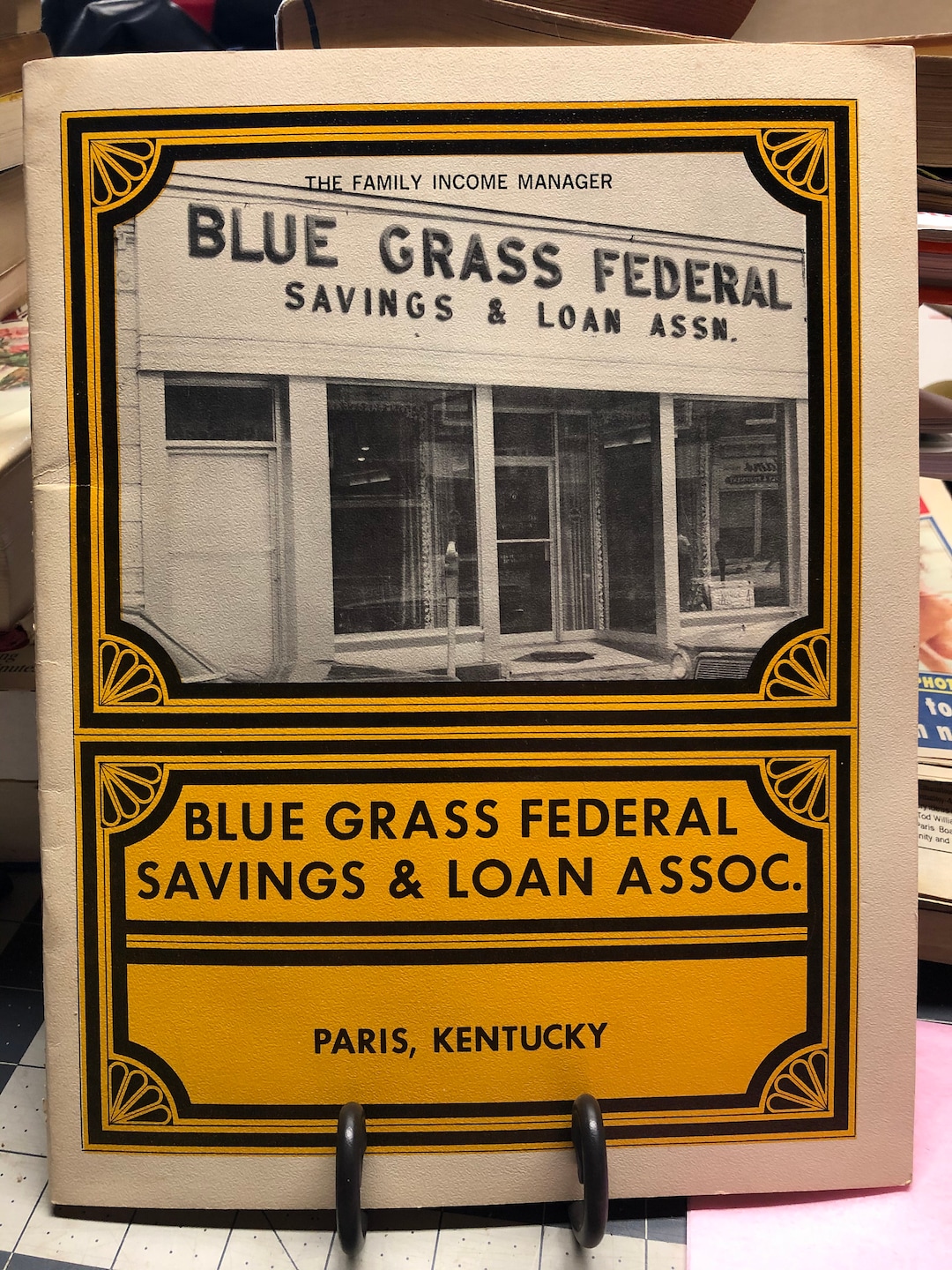FHBs are no expected to report economic stress or perhaps for the arrears
You are guilty of configuring your information technical, pc programmes and you will system to get into all of our Features
2024年9月25日How to handle it Whenever Denied to have a great Va Mortgage
2024年9月26日FHBs are no expected to report economic stress or perhaps for the arrears
In line with the tendency to have less NIS, household survey data show that FHBs which have funds doing three years old have also generally speaking had straight down exchangeability buffers than many other borrowers which have finance of the same age (Graph 5). Liquid assets (elizabeth.g. cash) assist properties complete episodes out-of economic stress instance a loss of occupations. An exchangeability barrier is mentioned here while the level of weeks regarding a beneficial borrower’s throwaway money that will be protected by their liquid assets (plus deposits, offers and securities). FHBs features fundamentally got less time to build up quick assets than other consumers and you will, staying at a young stage of the job, in addition to routinely have down earnings than other borrowers in the 1st number of years of mortgage life. Although not, despite lower liquidity buffers, FHBs was basically don’t more likely exchangeability limited than many other owner-occupiers, with similar offers away from FHBs or any other proprietor-occupiers which have drinking water money (we.e. quick assets shorter drinking water loans) which was below its fortnightly throw away money from inside the .
Getting with debt house, an extremely important component away from liquid assets is actually prepayment balance in offset and you may redraw facilities. Study in the Securitisation System demonstrate that varying rate FHB funds possess down starting prepayment balance than other the brand new variable speed holder-occupier finance an average of.
This is exactly not surprising, because the put constraint is much more joining to have FHBs and so they have less ability to place way too much loans in a keen counterbalance otherwise redraw membership in the early amount of one’s financing life

Analysis regarding the HILDA Survey recommend that FHBs reduce loans at the an equivalent pace to many other manager-occupiers along side earliest five years of the loan lives, since their average casing DTI proportion and you will average LVR refuse during the a comparable speed over time (Chart six). Meanwhile, data throughout the Securitisation Program show that average prepayment balance out-of FHB financing remain lower than those of other owner-occupier finance for 5 years. These conclusions recommend that the brand new cousin exposure issues away from FHB finance was persistent.
If you find yourself FHB funds be seemingly riskier than many other owner-occupier money in the origination, it can be beneficial to find out if it changes as the loan matures
Even after searching riskier across a range of metrics, questionnaire research advise that FHBs had been not any longer planning to declaration sense financial worry than many other proprietor-occupiers along the financing lifestyle. The brand new HILDA Survey requires participants a number of questions relating to monetary worry yearly, such as for instance whether they were unable to spend its home loan towards time, struggling to pay their costs timely otherwise needed to miss a dessert. Throughout the loan origination season, FHBs have been 50 % of while the probably because almost every other manager-occupiers to help you declaration and work out a late mortgage repayment (Chart seven). The newest show off consumers while making later home loan repayments generally increases in the the years following the loan are taken out, given that consumers face increased cumulative risk of surprises that end in economic problem. Nevertheless differences between FHBs or other manager-occupiers having loans of the identical ages try smaller than average perhaps not mathematically significant. Similarly, FHBs or other holder-occupiers having finance of the same many years was basically just as gonna report experiencing about three or higher economic worry incidents not related so you’re able to spending their mortgage. Regression analysis, and therefore controls for personal services particularly money and you will home constitution, and you will financing characteristics like https://paydayloansconnecticut.com/pawcatuck/ LVR and you will loan ages, confirms you to definitely getting an effective FHB does not have any statistically tall affect financial fret. Tall predictors of financial fret include having lower liquidity buffers, lower levels of money (all of which happen to be very likely to apply at FHBs), a more impressive house dimensions, poorer fitness or even more bad thinking off business cover.
